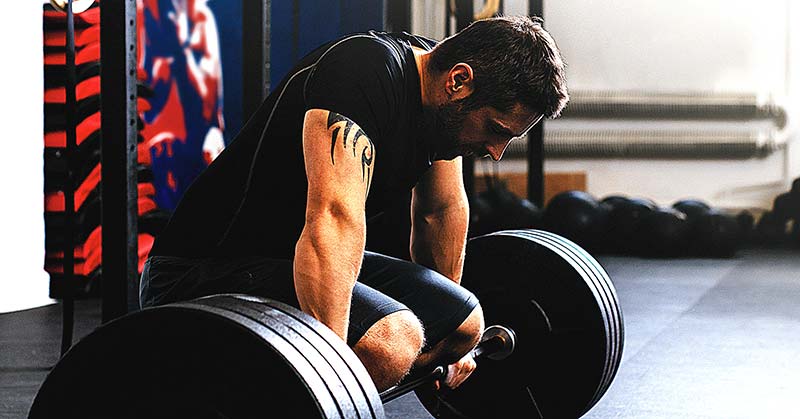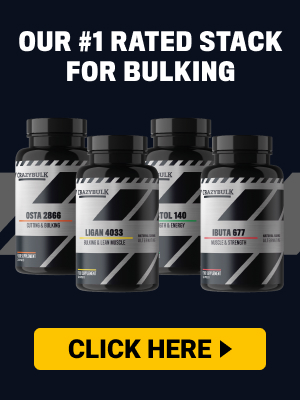Best Training Split for Recovery and Longevity
Most lifters focus only on one thing: gains. Bigger muscles, heavier lifts, better physique. But there’s another crucial factor that often gets ignored — longevity.
The truth is, no matter how impressive your physique is, it won’t mean much if you’re constantly injured, burned out, or forced to quit training altogether.
That’s where training for recovery and longevity comes in. The right workout split allows you to:
- Stay consistent over decades (not just months)
- Train hard without wrecking your joints or nervous system
- Balance strength, hypertrophy, and health
- Recover fully so you can keep progressing
In this guide, we’ll break down the best training splits for recovery and longevity, along with practical examples for lifters of all levels.
🔎 Why Training for Recovery Matters
Recovery isn’t just about muscle repair — it’s about managing your body’s stress vs. adaptation balance.
Key factors that affect recovery:
- Age → Older lifters need more recovery between hard sessions
- Lifestyle stress → Jobs, family, sleep quality all matter
- Training experience → Advanced lifters create more fatigue per session
- Volume & intensity → Too much too often = overtraining risk
👉 Longevity-focused splits prioritize sustainability over short-term maximal progress.
💥 Best Training Splits for Recovery and Longevity
Full Body (2–3 Days Per Week)
Weekly Layout:
- Monday: Full Body A
- Wednesday: Full Body B
- Friday: Optional Full Body C (lighter)
Why It Works:
- Muscles trained frequently, but at lower volume per session
- Built-in rest days between workouts
- Great for beginners, older lifters, or anyone managing recovery
Pros:
- Simple & effective
- Plenty of rest between sessions
- Easy to scale volume down
Cons:
- Sessions may run longer (60–75 min)
👉 Best for: Beginners, older lifters, and anyone training for long-term joint health.
Upper / Lower (3–4 Days Per Week)
Weekly Layout (3 Days):
- Monday: Upper
- Wednesday: Lower
- Friday: Upper (alternate weekly with Lower)
Weekly Layout (4 Days):
- Monday: Upper
- Tuesday: Lower
- Thursday: Upper
- Friday: Lower
Why It Works:
- Balanced muscle group frequency (2x per week)
- Sessions stay shorter (45–60 minutes)
- Easy to modify intensity (heavy/light days)
Pros:
- Adaptable to 3 or 4 days
- Keeps workouts short
- Works for both hypertrophy & strength
Cons:
- Slightly higher stress per week than full body
👉 Best for: Lifters who can recover well with 3–4 training days, but want balance.
Push / Pull / Legs (Low-Volume, Flexible Version)
Weekly Layout (Longevity-Friendly):
- Monday: Push
- Wednesday: Pull
- Friday: Legs
Why It Works:
- Clear recovery between sessions
- Allows lower weekly frequency (3 days)
- Focused sessions reduce joint stress if volume is moderated
Pros:
- Clear movement pattern split
- Easy to keep volume manageable
- Flexible (can be 3 or 4 days)
Cons:
- If abused, can still become too much volume per week
👉 Best for: Intermediate lifters who want flexibility and long-term progression.
Modified Bro Split (Longevity-Focused)
The traditional bro split (one muscle per day, 5–6 days per week) is inefficient for recovery. But with adjustments, it can work.
Weekly Layout (3–4 Days):
- Monday: Chest & Back (paired for balance)
- Wednesday: Legs
- Friday: Shoulders & Arms
Why It Works:
- Reduced frequency = more recovery
- Balanced pairings reduce joint strain
- Still allows moderate specialization
Pros:
- Fun for physique-focused lifters
- Plenty of rest between muscle groups
- Avoids the 6-day grind
Cons:
- Progress may be slower vs. higher-frequency splits
👉 Best for: Lifters who love bodybuilding-style training but want a joint-friendly schedule.
📊 Comparing Splits for Recovery & Longevity
| Split | Days | Frequency | Recovery Rating | Best For |
| Full Body | 2–3 | High | ⭐⭐⭐⭐⭐ | Beginners, older lifters |
| Upper / Lower | 3–4 | Moderate | ⭐⭐⭐⭐ | Balanced recovery |
| PPL (Low-Volume) | 3–4 | Flexible | ⭐⭐⭐⭐ | Intermediates |
| Modified Bro Split | 3 | Low | ⭐⭐⭐ | Bodybuilding enthusiasts |
🏋️ Sample Recovery-Friendly Programs
Full Body Longevity Split (2 Days)
Day 1:
- Squat – 3×5
- Bench Press – 3×5
- Pull-Ups – 3xAMRAP
- Farmer’s Carry – 3x40m
Day 2:
- Deadlift – 3×5
- Overhead Press – 3×8
- Dumbbell Row – 3×10
- Bulgarian Split Squats – 3×10
Upper / Lower (3 Days)
Upper A:
- Bench Press – 4×6
- Pull-Ups – 3xAMRAP
- Overhead Press – 3×8
- Dumbbell Row – 3×8
Lower A:
- Squat – 4×6
- Romanian Deadlift – 3×8
- Calf Raises – 4×12
- Plank – 3x60s
Upper B (lighter):
- Incline Dumbbell Press – 3×10
- Barbell Row – 3×10
- Lateral Raise – 3×12
- Face Pull – 3×12
PPL Longevity (3 Days)
- Push: Bench Press, Overhead Press, Dips
- Pull: Deadlift, Pull-Ups, Barbell Row
- Legs: Squat, Lunges, RDL
Lower total sets than standard hypertrophy PPL → easier recovery.
⚡ Longevity Training Principles
- Prioritize Recovery → Sleep, stress management, nutrition.
- Lower Joint Stress → Swap barbell lifts occasionally for dumbbells/machines.
- Auto-Regulate Intensity → Train hard, but don’t grind to failure every session.
- Cycle Workloads → Use deload weeks and volume/intensity adjustments.
- Consistency Beats Extremes → Better to train moderately for 10 years than hard for 6 months and burn out.
✅ Final Verdict
- Best Overall Split for Recovery & Longevity: Full Body (2–3 Days)
- Best Balance of Growth + Recovery: Upper/Lower (3 Days)
- Most Flexible for Intermediates: Low-Volume PPL
- Bodybuilding-Friendly Option: Modified 3-Day Bro Split
👉 If your goal is to train for decades — not just for the next 12 weeks — choose a split that fits your lifestyle, recovery ability, and long-term health.
🔗 Next Steps:
- Compare [Full Body vs Upper Lower]
- Read [Best Training Split for Beginners]
- Explore [Nutrition Hub] for recovery-focused meal planning






